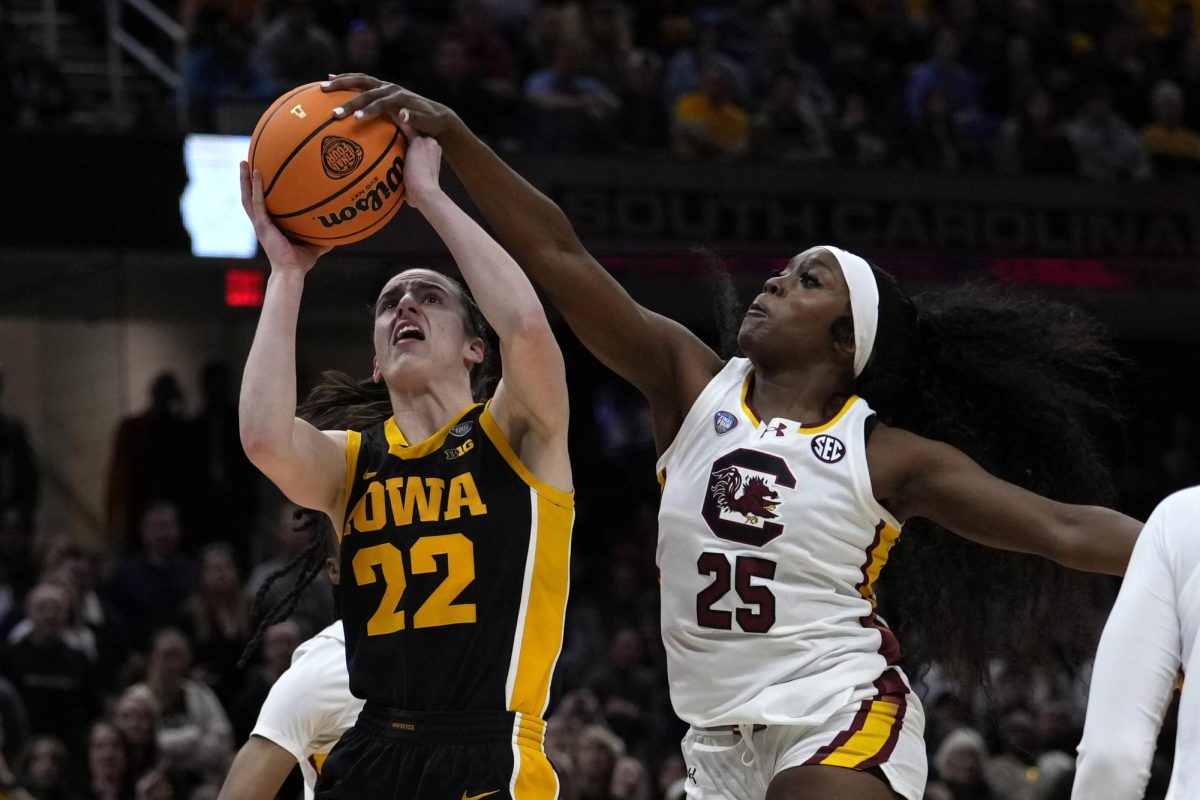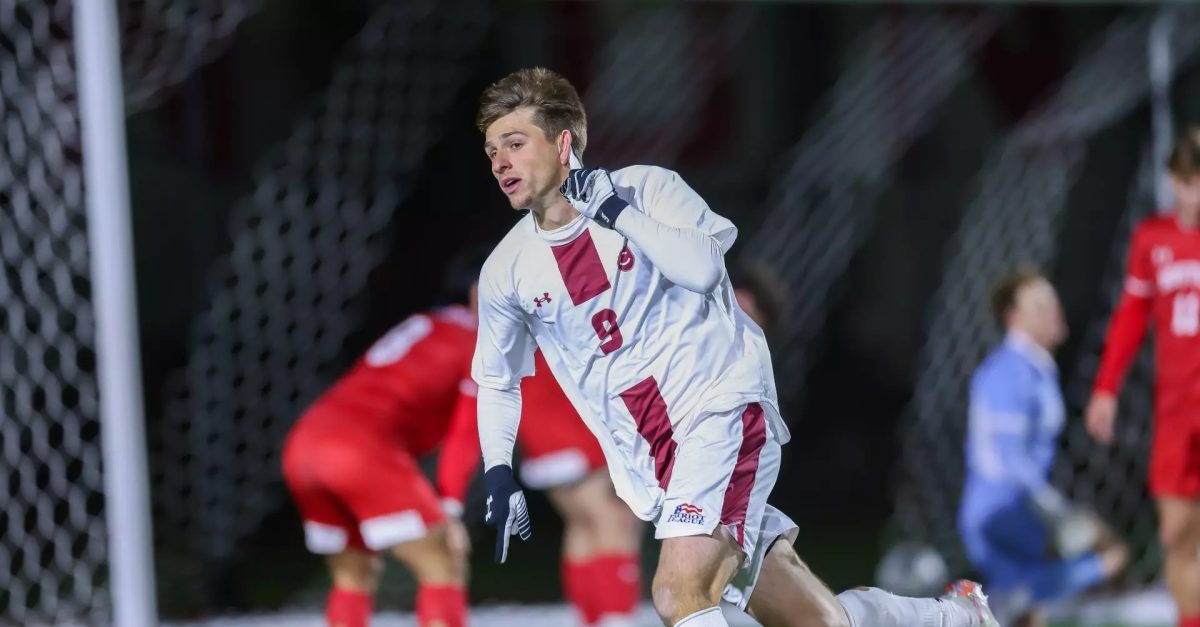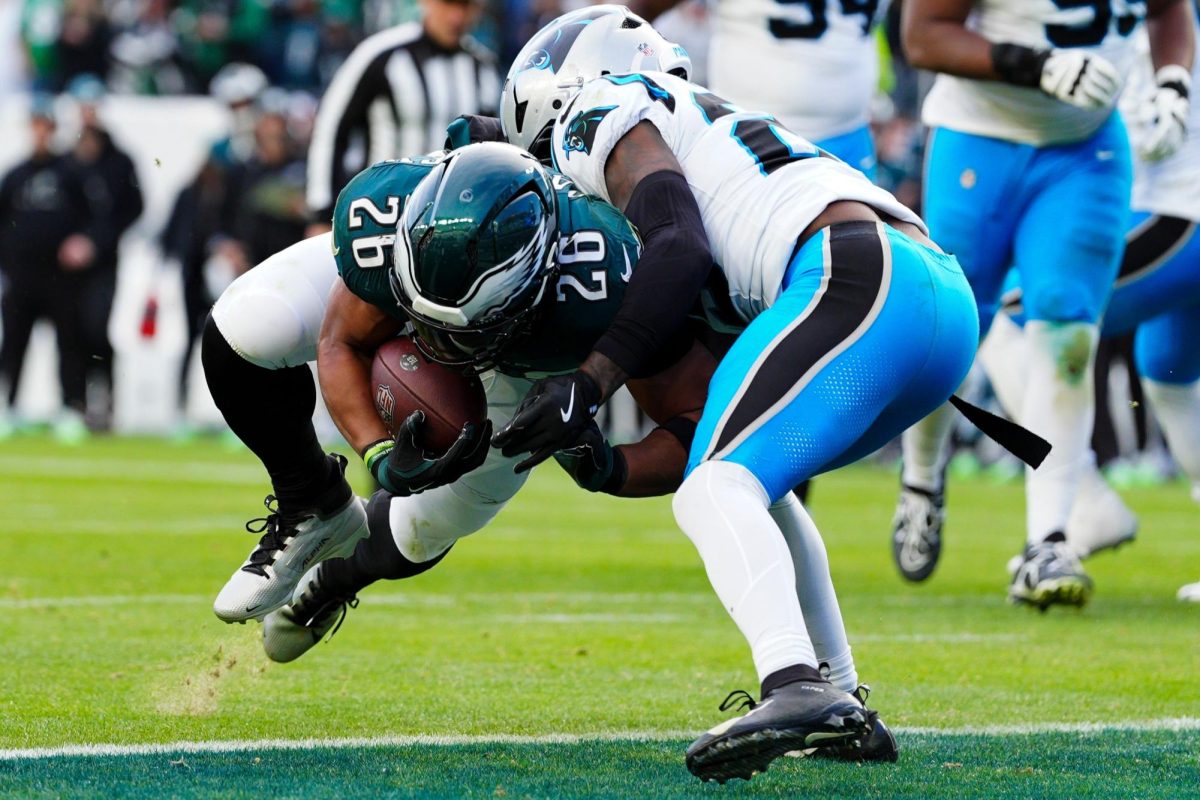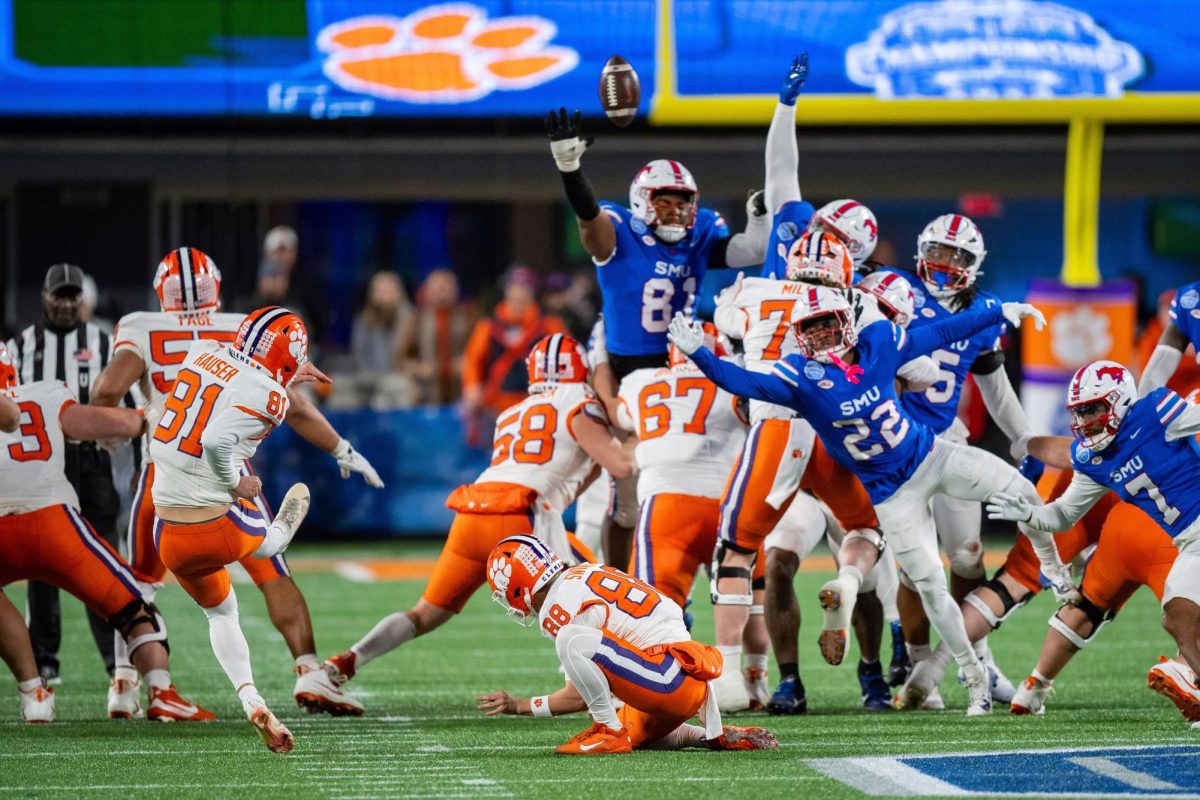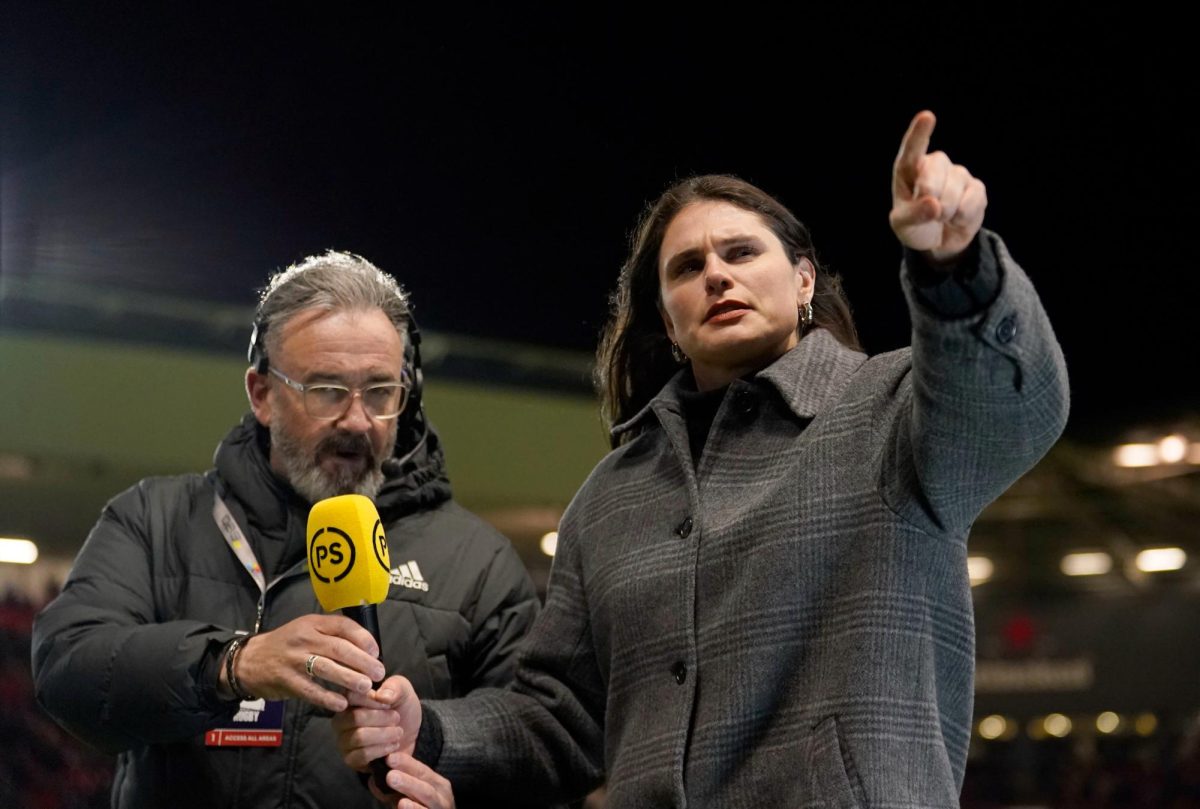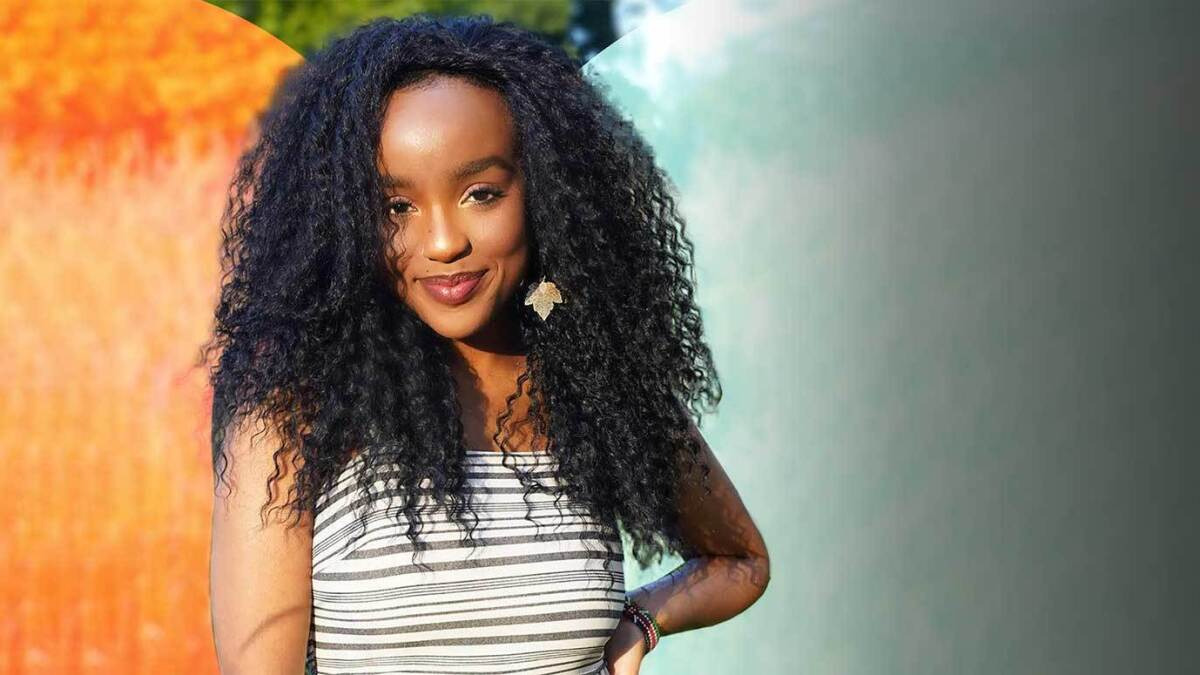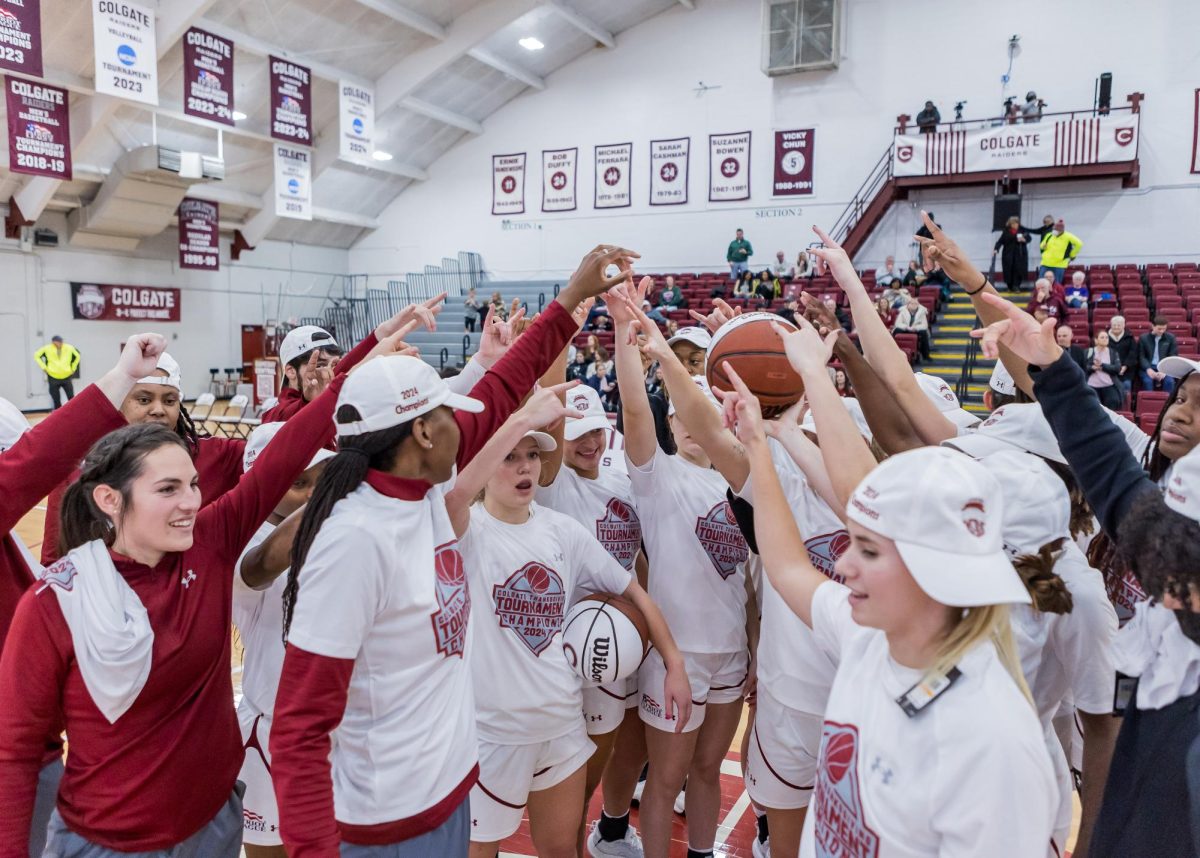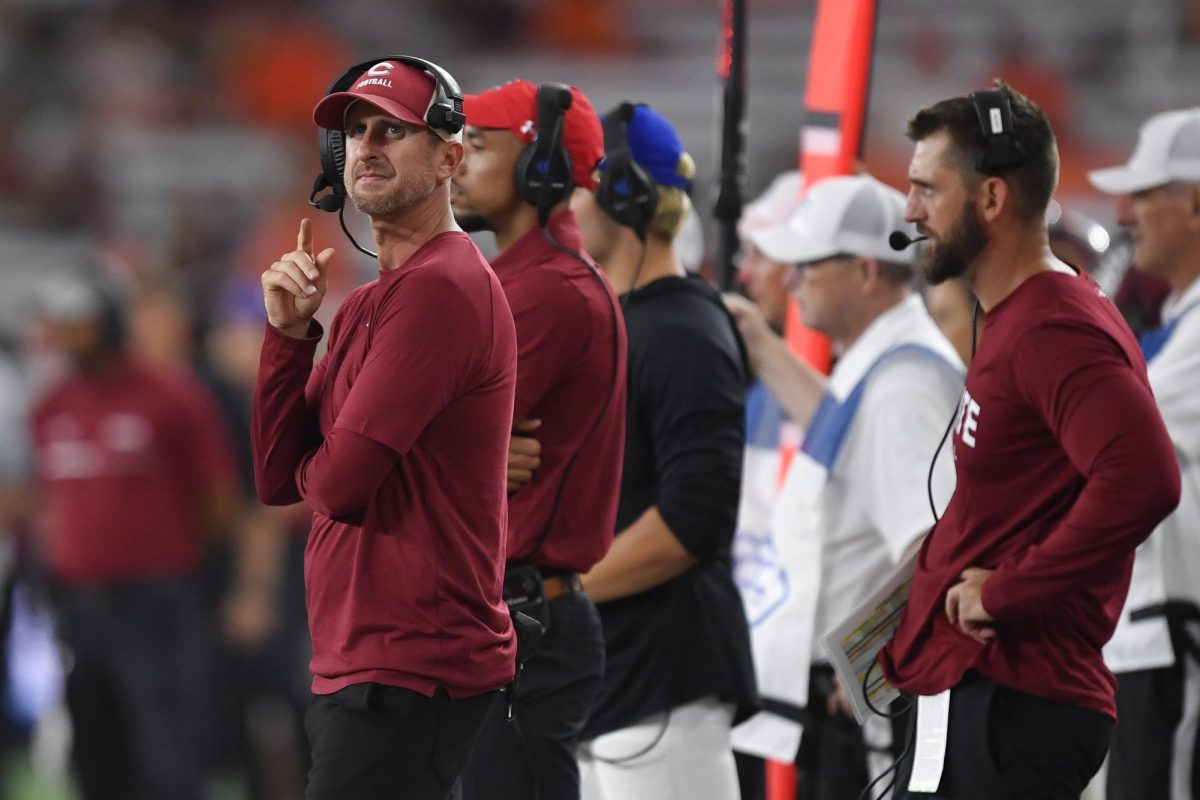This year, perhaps more than ever before, women’s March Madness eclipsed the men’s in terms of entertainment level, star power, controversy and TV viewership. From players like the University of Iowa’s Caitlin Clark and Louisiana State University’s (LSU) Angel Reese to coaches like South Carolina’s Dawn Staley and LSU’s Kim Mulkey, the biggest names in March undoubtedly came from the women’s side.
The NCAA Tournament culminated in Staley’s South Carolina Gamecocks beating Clark’s Iowa Hawkeyes in the championship, a historic match for two reasons. Firstly, South Carolina finished their season an undefeated 38-0, with Staley winning her second championship in three years. Secondly, for the first time in history, the women’s championship drew more viewers than the men, with an average of 18.9 million people tuning in.
There are a number of reasons why the women’s game has been rapidly growing in viewership compared to the men’s. Perhaps the most important is the NBA’s “one and done” rule, which requires players to wait one year after their high school graduation and be 19 years old before starting their professional career; most players spend that year playing in the NCAA before being drafted into the NBA. Meanwhile, women have to be 22 years old and four years out of high school to start playing for the WNBA. As a result, the female players — whose male counterparts are off to the NBA after a year — are given more time to build their platform and brand. Caitlin Clark, for example, was a senior this year and gained notoriety and fame throughout her entire collegiate career. It is much easier to build a following over four years, with a deep portfolio of incredible performances and highlights, than in just eight months — like Duke freshman Jared McCain.
However, the difference in viewership is not strictly a result of the amount of time the players spend playing college basketball. The amount of talented personalities that grace the game — and TV screen — on the women’s side has exploded in recent years and plays a large factor in why fans tune in to games. In addition to the aforementioned Reese and Clark, several big names have emerged in the women’s game due to their talent and star power, like Juju Watkins of the University of Southern California (USC), Paige Bueckers of the University of Connecticut’s (UConn), Cameron Brink of Stanford University and countless more.
Another factor that has helped the women’s game in recent years is the transfer portal. A new addition to the landscape of the sport, players are now able to move more freely across colleges and join new teams. The biggest transfer portal addition this past year was star guard Hailey Van Lith, who moved from the University Louisville to LSU, which drew a lot of attention, as LSU was the defending champions. With Van Lith joining Reese, Mulkey, Flau’Jae Johnson and more, fans began calling LSU a “superteam” coming into the year, which undoubtedly drew more attention to the sport. Van Lith has now entered the transfer portal again, after only one season with the Tigers.
LSU’s Elite Eight match against Iowa was a rematch of last year’s championship game. In a back-and-forth game, Iowa was able to avenge their loss, which was, at the time of its airing, the most watched college basketball game — men’s or women’s — in the history of ESPN at 12.3 million viewers. It has since been eclipsed by the championship game between Iowa and South Carolina.
While Clark’s status as the first-overall pick in the WNBA will certainly lead to the NCAA losing some star power next year, many players are ready to pick it up. Clark just set the record for most points in a college career, but first-year Juju Watkins just finished her debut year averaging more points than Clark did in hers, potentially putting her on pace to break the record with a lot of time left in her collegiate career.
Other storylines are sure to continue into next year, as well, creating more intrigue. How many more games can South Carolina go unbeaten? Can Paige Bueckers lead UConn back to a national championship? Can Juju Watkins, alongside the No. 1 incoming recruiting class in the country, continue her heroics in the Big Ten? While all of these questions are yet to be answered, one thing is certain: Women’s college basketball made a statement this past March, and will only continue to grow in coming years.


